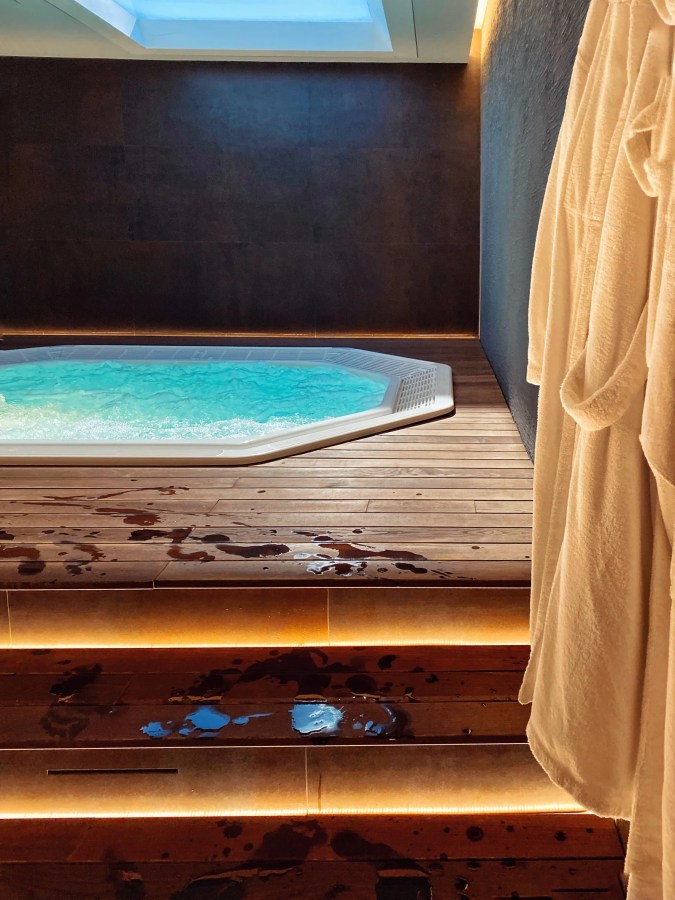
Hydrotherapy includes baths, showers, and immersion pools used with physiotherapy or other treatments. It can also include sitz baths, warm or cold wraps, and contrast hydrotherapy.
The warm water in a bath helps you relax your muscles, and the buoyancy of the water reduces the force of gravity on your body. It can also improve flexibility and help people with limited mobility return to everyday movements.
Increased Blood Flow
The heat of hot tubs Tacoma, can increase your blood flow, which is excellent for rehabilitating muscles, healing wounds, and boosting the immune system. It can also provide relief from the pain of conditions such as fibromyalgia, arthritis, and other chronic diseases.
Therapy can be done in a hot tub, swimming pool, or sauna, based on your needs. Usually, hydrotherapy is conducted with the help of a physiotherapist or other health professional to ensure proper technique and safety.
The use of water for therapeutic purposes dates back hundreds, if not thousands, of years. Even today, many physiotherapists incorporate hydrotherapy into their clients’ treatment programs. The warm water soothes muscles, reduces pain, and calms pain signals from the brain. It also improves mobility and flexibility in patients with joint problems. Hydrotherapy is particularly beneficial for bariatric patients because it reduces joint compression and allows them to exercise in a way that would otherwise be too stressful on their joints.
Reduced Stress
Hydrotherapy can help improve physical, mental, and emotional health, making it an excellent option for those recovering from injury, experiencing joint pain, or seeking overall wellness.
Stress is a significant cause of many health issues, such as headaches, low energy levels, poor posture, and a lack of sleep. The buoyancy of water can ease muscle tension and reduce stress in the body. This is in addition to the release of endorphins, which are natural anxiety and stress boosters.
Soaking in warm water enhances blood flow and removes waste from muscles, joints, and other tissues. Alternating between hot and cold water forces the blood into the body’s core. It enhances lymph flow, boosts the immune system, and prevents muscle soreness after exercise.
Increased Endorphins
Hydrotherapy is more than another wellness fad, whether you’re soaking in a hot tub after a workout or taking advantage of the dynamic effects of pressurized jets. It has been scientifically proven to provide many benefits, including stress alleviation and pain management.
The warm water and buoyancy relax tense muscles, decreasing stiffness and increasing flexibility. In addition, the warm water can increase blood flow, which also helps relieve pain and speed up healing.
Hydrotherapy also includes aquatic exercise routines that can be done without putting much strain on the joints, which makes them perfect for people with musculoskeletal conditions like arthritis and fibromyalgia or nerve disorders like multiple sclerosis.
Improved Sleep
Hydrotherapy may be just what you need if you’ve experienced aches and pains or struggle with balance and coordination. This immersion therapy uses water to promote healing and well-being, and various cultures have used its benefits for centuries.
Aquatic exercise and other forms of hydrotherapy are low impact so they can help those with fibromyalgia, arthritis, or back problems. It also improves strength, posture, and balance.
Saunas and steam rooms are forms of hydrotherapy using dry heat to promote sweating, which helps your body eliminate toxins and impurities. Other forms of hydrotherapy include sitz baths, which are shallow tubs of hot or cold water to help ease cramps and hemorrhoids. Water circuit therapy alternates between warm and cool water to boost circulation and ease pain. Hydrotherapy can also be used as compresses and wraps, using towels and flannels in hot or cold water. This hydrates and energizes the body, aiding recovery from strenuous workouts and preventing delayed onset muscle soreness.





